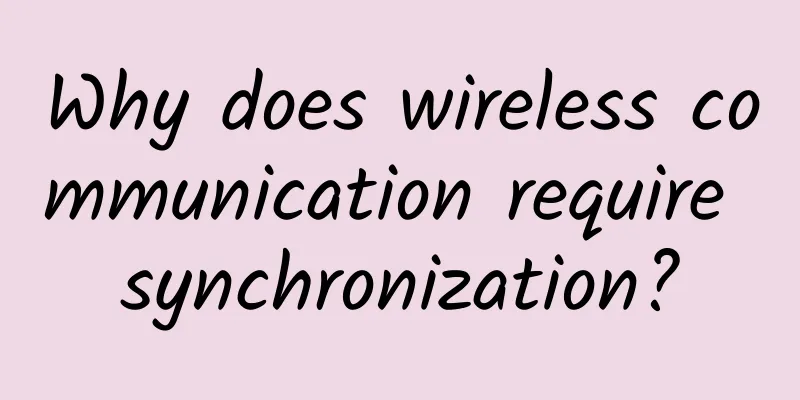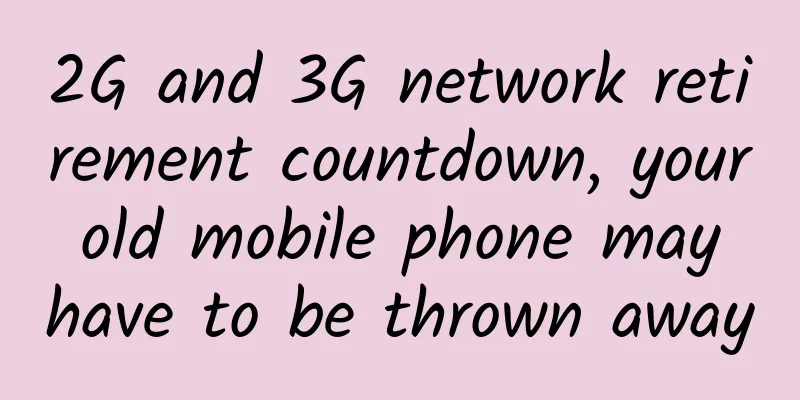The rewards and risks facing retailers in a 5G world

|
The rollout of 5G is expected to have a significant impact on retail operations, primarily through the explosion of IoT devices and sensors – and with video already central to retail strategy, its value is likely to expand. Video feeds will become increasingly easy to consume by people or artificial intelligence (AI) applications, through increased speed and reduced resource consumption. Moreover, unlike some promising technologies that have failed to materialize, analysts seem confident that retailers will benefit from enhanced mobile broadband. Because the advancement implies incremental improvements -- rather than a new technology category -- retailers should be able to take advantage of it more easily.
5G Use CasesFifth-generation wireless telecommunications technology (5G) supports cellular data, voice and video networks and has ultra-fast signal transmission capabilities, which will accelerate many technologies. "The most important service in 5G retail applications will be massive IoT," said a paper published in June 2021 by the Institute of Electrical and Electronics Engineers, "Vertical Domains in 5G MEC Use Cases and Security Challenges." Another new study, “How Technology is Transforming Retail,” published in the March 2021 issue of Retailing Magazine, comes to similar conclusions. It predicts that 5G will enable many “instant, stable, real-time interactive digital and in-store shopping applications, including those involving other technologies such as the Internet of Things, virtual reality (VR), augmented reality (AR), and mixed reality (MR) and artificial intelligence at the edge.” The researchers envision multiple use cases. Some are definitely futuristic, like smart bags that automatically count inventory items and process transactions, but others are expected to be much faster. By reducing the power consumption of in-store IoT devices, retailers will be able to use technologies like smart tags and other retail-enhancing sensors, and enjoy better asset tracking through 5G-enhanced connectivity. “It opens up several use cases in the area of personalized signage, based on the customer’s proximity to the sign itself,” said the author of How Technology is Changing Retail. “It also has the long-term potential to track products in a cheaper and more timely manner through the supply chain.” The authors note that some retailers are testing an in-store technology called Smartdome, which includes IoT sensors, cameras, and public address systems. With this type of integrated system, features are easier to operate. The researchers say they can envision “smart distancing,” for example, where shoppers are monitored within a store and announcements are made if they stray from social distancing requirements. According to a Q&A with Ajit Prabhu, 5G and edge computing consultant at Deloitte, many 5G retail use cases revolve around the retail consumer, but “on the operational side, several 5G retail use cases will improve standard” practices for inventory productivity. “For example, real-time out-of-stocks, shelf replenishment, and shrink reduction will be possible. Use cases will use a combination of smart cameras and sensors.” By reducing latency for video applications, 5G is expected to improve the performance of video systems and enhance retailers’ ability to leverage video surveillance to increase productivity and provide better customer service. Will 5G deliver?There are multiple factors driving technology adoption in businesses, but barriers do exist. This is especially true in the retail industry, where stores often resist new technologies because of a lack of perceived incremental benefits, increased financial costs, inertia, higher learning costs and employee acceptance challenges, the researchers said. The decision can be further complicated by the need to choose one technology at the expense of another and because some technology adoption decisions are irreversible. “Because retail profit margins are typically thin, retailers are often wary of choosing the wrong technology,” according to How Technology Is Changing Retail. These barriers, combined with the challenges of successfully implementing innovative technologies, are the reason some retail businesses have not been transformed as expected. But researchers say they do not expect these barriers to have a significant impact on retailers’ decisions to adopt 5G capabilities because they are already familiar. In fact, some of the use cases that 5G is expected to provide are already feasible and are simply made easier by 5G. The transition from 4G to 5G telecommunications technology is viewed as evolutionary rather than radical. “This classification has potentially important implications for retailers,” the researchers said. “Radical technologies may require more adoption effort and change management, especially for retailers who may have to deploy these technologies in multiple dispersed locations.” Slight resistanceDeloitte consultants warn that 5G does present challenges. First, its value depends on retailers deploying use cases at scale in warehouses and stores, according to Jean-Emmanuel Biondi. “We find it difficult to build a business case for 5G and edge computing on one use case.” Prabhu said that every innovative technology has problems that need to be solved, and 5G and edge computing are no exception. "For example, in stores, the 5G network option is a private network owned and operated by the enterprise. As the number and type of devices on this network grows, such as sensors, cameras, and points of sale, their lifecycle, security, data policies, etc. will have to be managed by retailers." The report's authors warn the IEEE that 5G will enable stores to engage with customers in a more dynamic and personalized way than is currently possible, but there are strings attached. Data analytics tools help merchants provide customized shopping experiences, but may include data beyond shopping habits, such as login data, account details, and personal data, increasing the potential for harm if an attacker successfully exploits the connection between a customer and a retailer. “The shopping experience is becoming increasingly networked thanks to internet technologies, augmented reality and facial recognition, but here too, with stronger networks comes a greater risk of data loss,” the study states. “Developing a resilient strategic approach, as in sectors such as banking and healthcare, is therefore critical for [retail].” |
<<: The 5G news of the three major operators finally landed
>>: The ultimate secret to speeding up WiFi is here!
Recommend
Seven trends revealing the future of mobile app development
【51CTO.com Quick Translation】 Undoubtedly, mobile...
ACL (Access Control List) Principle and Application
1. ACL Introduction Communication between informa...
Linode: Free $100 for new users, cloud servers in 11 data centers starting at $5/month
Linode is a VPS cloud hosting company that has be...
PacificRack: $14.55/year KVM-2GB/100GB/7TB/Los Angeles data center
PacificRack has recently released some unusual pa...
More intelligent CDN technology, CDN moves towards the 3.0 era
Our lives are dependent on the Internet all the t...
The latest market analysis shows that Bluetooth is becoming an important driving force in the IoT industry
As early as several years ago, major market resea...
RAKsmart: 35% off all VPS hosting, monthly payment starting from $1.95, CN2/AS9929 available in US/Japan/Korea/Hong Kong/Germany data centers
RAKsmart provides VPS hosts with 35% discount and...
Building a smarter world with 5.5G
Realizing the Return of 5G 5G is being adopted mu...
HostDare: 25% off NVMe disk VPS in Los Angeles starting at $19.49/year
HostDare has launched a new promotion for the Los...
Kuroit: £12/year KVM-1GB/10G SSD/5TB/UK & US data centers
Kuroit also released a promotion during the Chris...
A “cat” walking alone on a narrow road: Cat.1 and narrowband communications (I)
Labs Guide When we talk about narrowband communic...
GSMA: Global 5G deployment will slow down due to the epidemic
On November 16, the Global System for Mobile Comm...
Application of Passive WDM Technology in 5G Fronthaul
Labs Guide Passive WDM technology is the main tec...
After 4 years, 5G has blossomed
In June 2019, my country officially issued 5G com...
5 reasons why DevOps will be a big thing in 2018
DevOps has been a hot topic for a few years now. ...









